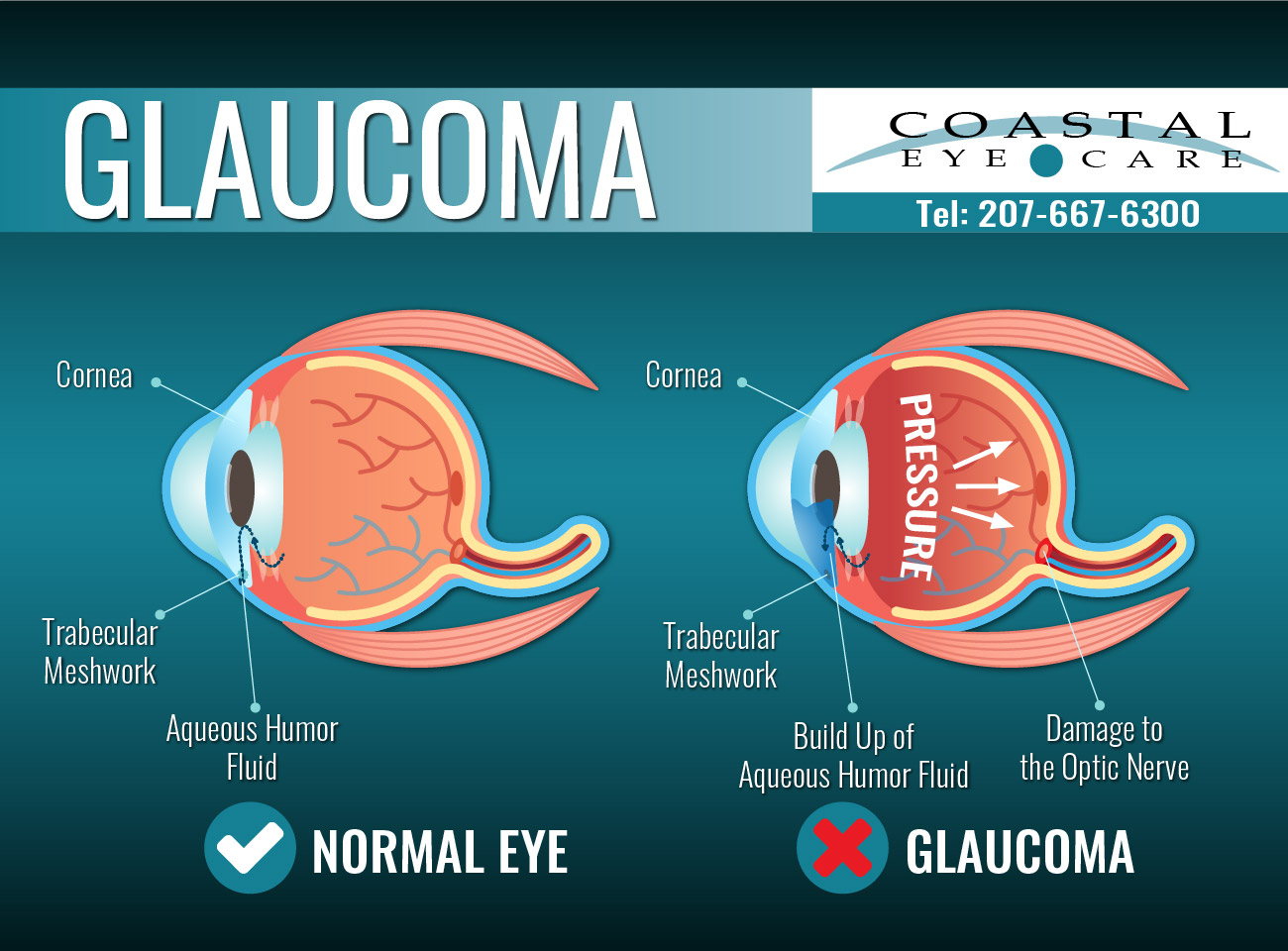Regional Glaucoma Service Near Me: Very Early Detection and Therapy Options
Regional Glaucoma Service Near Me: Very Early Detection and Therapy Options
Blog Article
Understanding the Different Vision Modification Procedures Available for Clearer Sight
In the world of vision improvement procedures, a wide variety of alternatives exist to resolve refractive mistakes and provide individuals with clearer sight. From the extensively identified LASIK surgery to much less intrusive procedures like PRK and implantable lenses, the field of ophthalmology provides a range of methods tailored to match different needs and preferences. Each treatment comes with its own set of considerations, benefits, and potential threats. Comprehending the subtleties of these vision modification techniques is vital for making educated decisions regarding one's aesthetic health. Allow's check out the details of these treatments and clarified the path to attaining boosted vision clarity.
LASIK Surgery
LASIK surgery is an usual refractive treatment made use of to deal with vision problems such as astigmatism, farsightedness, and nearsightedness - glaucoma service near me. This medical method, which stands for Laser-Assisted in Situ Keratomileusis, aims to reshape the cornea to boost exactly how light is concentrated on the retina, ultimately boosting vision quality. During the treatment, a thin flap is created on the cornea, and a laser is made use of to remove precise quantities of cells to improve it suitably. This reshaping enables for light to be precisely focused onto the retina, dealing with refractive mistakes.
One of the primary benefits of LASIK surgery is the rapid enhancement in vision experienced by people. On the whole, LASIK surgery is a prominent choice for people looking for a long-term remedy for their vision issues.
PRK Treatment
While likewise a typical refractive procedure, the PRK (Photorefractive Keratectomy) strategy varies from LASIK surgical procedure in its approach to dealing with vision issues. In PRK, as opposed to developing a flap on the cornea, the outer layer of the cornea, called the epithelium, is completely eliminated. This enables the laser to improve the cornea to correct refractive mistakes such as astigmatism, nearsightedness, and farsightedness directly on the surface.

In spite of the longer healing time, PRK can generate outstanding cause vision improvement, making it a useful option for those that might not be appropriate candidates for LASIK surgery.
Implantable Lenses
As opposed to PRK where the cornea is improved directly, implantable lenses offer another technique for correcting vision by inserting fabricated lenses inside the eye. This treatment is particularly advantageous for people with high degrees of astigmatism, farsightedness, or nearsightedness who may not be appropriate candidates for laser surgical procedures like LASIK basics or PRK.
Implantable lenses, also known as phakic intraocular lenses, work by supplementing the eye's natural lens with a man-made one. retina service near me. These lenses can be placed before the all-natural lens (anterior chamber) or behind the iris and before the natural lens (posterior chamber) By changing the power and positioning of these lenses, ophthalmologists can efficiently correct refractive errors and enhance aesthetic skill
One benefit of implantable lenses is that they are detachable and exchangeable, giving adaptability for future changes. Nevertheless, just like any operation, there are risks involved, such as infection or cataract development. Clients thinking about implantable lenses must talk to an eye treatment professional to identify the most ideal alternative based on their specific needs and eye health.
Corneal Rings
Corneal rings, additionally called intracorneal ring segments, are tiny, transparent tools placed right into the cornea to fix vision distortions such as keratoconus. Keratoconus is a problem where the cornea thins and bulges external, triggering vision to become altered. The insertion of corneal rings aids to squash the cornea, boosting visual acuity and reducing the irregular astigmatism triggered by keratoconus.
The procedure for putting corneal rings is relatively quick and minimally intrusive, typically executed as an outpatient procedure. Throughout the surgical procedure, the ophthalmologist makes a small incision in the cornea and inserts the rings at a specific deepness. Once in place, the rings aid to reshape the cornea, providing a smoother surface area for light to get in the eye, which can result in more clear vision.
Corneal rings are considered a reversible procedure, as they can be eliminated or changed if required. glaucoma service near me. While they might not completely get rid of the requirement for glasses or get in touch with lenses, corneal rings can substantially improve vision high quality and overall aesthetic convenience for individuals with keratoconus or various other corneal irregularities
Refractive Lens Exchange
Adhering to the adjustment of corneal irregularities with treatments like corneal rings, another vision adjustment strategy that can deal with refractive mistakes is Refractive Lens Exchange (RLE) RLE is a medical procedure that entails replacing the eye's all-natural lens with a man-made intraocular lens (IOL) to deal with refractive mistakes such as farsightedness, nearsightedness, and presbyopia. This procedure is especially beneficial for reference individuals who may not appropriate prospects for procedures like LASIK or PRK because of factors such as thin corneas or high refractive errors.

Final Thought
In verdict, there are various vision correction procedures offered to help people accomplish more clear view. LASIK surgical treatment, PRK procedure, implantable lenses, corneal rings, and refractive lens exchange are all alternatives that can resolve different vision look what i found issues.
In the realm of vision modification treatments, a multitude of alternatives exist to resolve refractive mistakes and provide people with more clear view.LASIK surgical treatment is a common refractive procedure made use of to deal with vision issues such as nearsightedness, astigmatism, and farsightedness.While additionally a typical refractive treatment, the PRK (Photorefractive Keratectomy) technique differs from LASIK surgical treatment in its technique to fixing vision problems.Complying with the modification of corneal irregularities with treatments like corneal rings, another vision modification technique that can attend to refractive mistakes is Refractive Lens Exchange (RLE) LASIK surgical procedure, PRK procedure, implantable lenses, corneal rings, and refractive lens exchange are all choices that can resolve various vision concerns.
Report this page